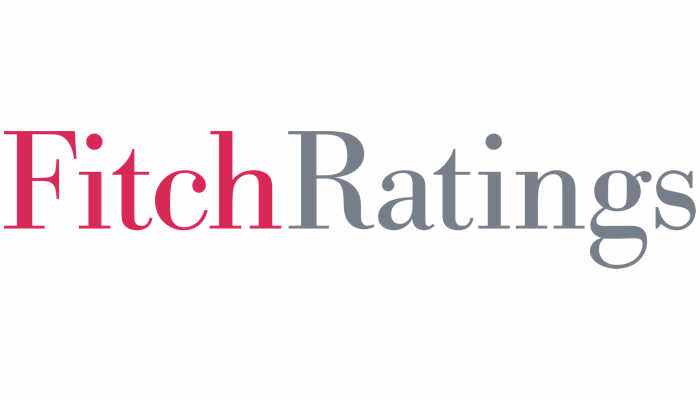Fitch Ratings has reported that the initial analysis of rated U.S. insurers’ exposures to now-failed banks (Silicon Valley Bank, Silvergate and Signature Bank) are modest.
 Fitch-rated insurance entities’ direct investment exposure to the failed banks is estimated to total $1.16 billion, with most of the exposure concentrated among life insurers.
Fitch-rated insurance entities’ direct investment exposure to the failed banks is estimated to total $1.16 billion, with most of the exposure concentrated among life insurers.
Although increased interest rates pose some difficulties for U.S. insurers, the rating agency views the liability profiles of insurers as being comparatively stable.
Fitch continues, “Life insurance products, whether protection or investment-oriented, are generally intended to provide benefits over the long term or to fund long-term objectives, and often include surrender charges, which disincentivize withdrawals.
“Non-life insurance contracts are designed to finance uncertain events. These product features provide stability to insurers’ liability profiles and promote their ability to match asset and liability durations and maintain sufficient liquidity.
“In contrast, banks have very short liability duration, where depositors can generally demand the return of their deposits on any date without penalty, which generally leads to an inherent asset/liability duration mismatch.”
The rating agency also notes that, like banks, U.S. insurers, particularly life insurers, are large bond investors. The firm observes that the value of insurers’ bonds declined markedly in 2022, and for many large insurers, contributed to an overall decline in shareholders’ equity.
Fitch’s recently published review of U.S. Life Insurance GAAP Results for YE2022 found that U.S. life insurers reported an aggregate 59% decline in GAAP basis shareholders’ equity in 2022, primarily related to rising interest rates.
Despite the mark-to-market losses, Fitch believes that the stable funding and liability profiles of insurers will allow them to retain these bonds until maturity, reducing pressure to sell them at an interest-rate-driven loss.
The firm writes, “U.S. insurers’ regulatory capital ratio generally values bonds at amortized cost rather than market value. As a result, insurers’ interest-rate-driven bond portfolio unrealized losses are unlikely to create regulatory capital funding needs.
“In contrast, banks’ primary regulatory capital ratio, depending on the bank’s size and accounting treatment, incorporates a portion of interest-rate-driven unrealized losses.
“The movement to higher market interest rates in the U.S. over the past 12 to 15 months has created near-term challenges for insurers, notwithstanding the aforementioned liability profile mitigants, in particular, an interest-rate driven decline in bond values and shareholders’ equity; lower equity market values; and reductions in assets under management, fee income and variable investment income.”
In addition, Fitch suggests that insurers are grappling with heightened macroeconomic volatility and the potential for a recession driven by geopolitical uncertainty, as well as differing expectations on the Federal Reserve rate tightening path, which the bank failure exacerbated.
Fitch views the current interest rate environment as favourable for insurers’ earnings but notes that the benefits are derived over time as portfolios turn over and insurers reinvest at more favourable rates.
The rating agency’s sector outlooks for U.S. Life and U.S. P&C are ‘neutral’.


